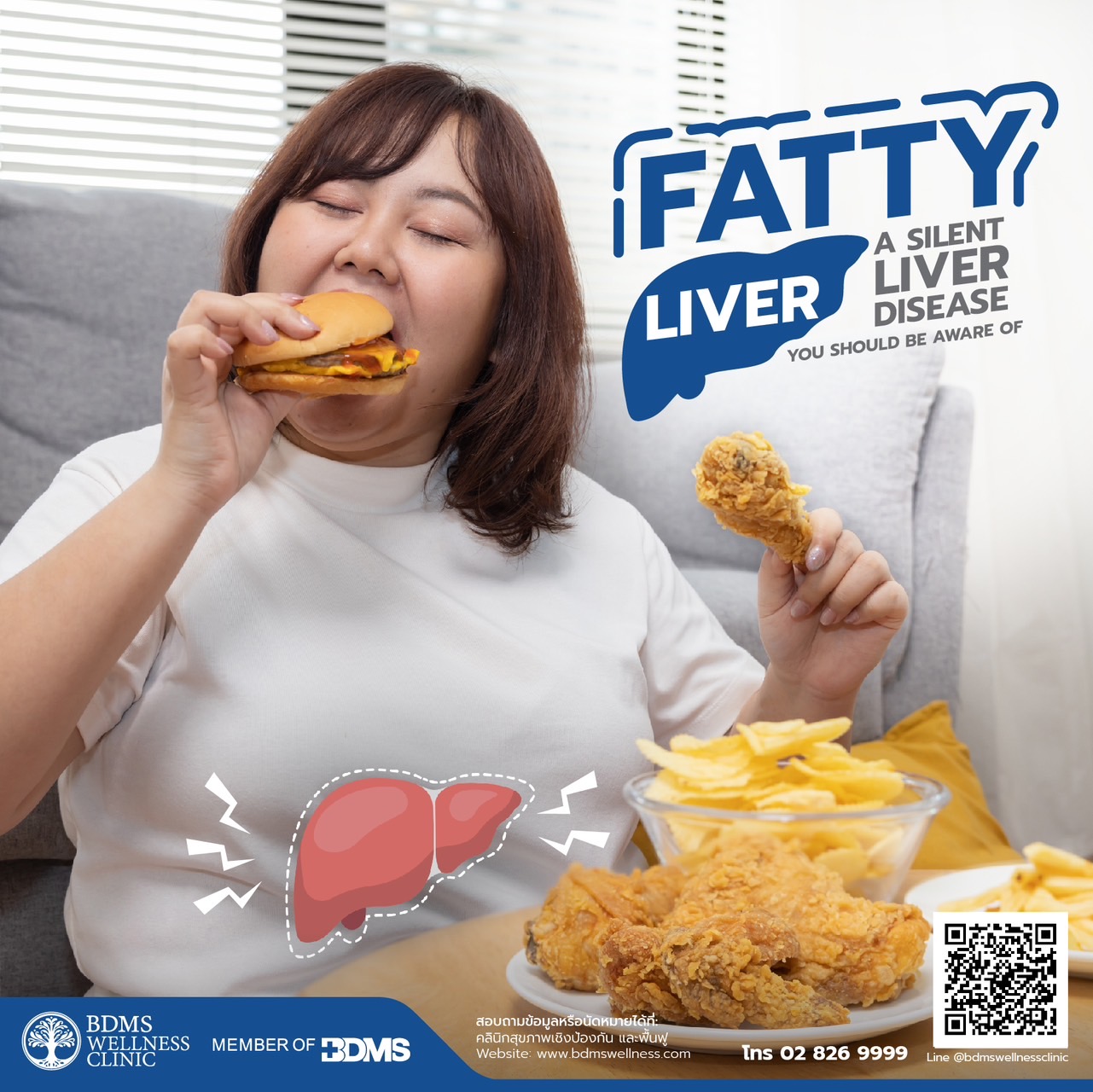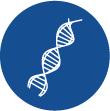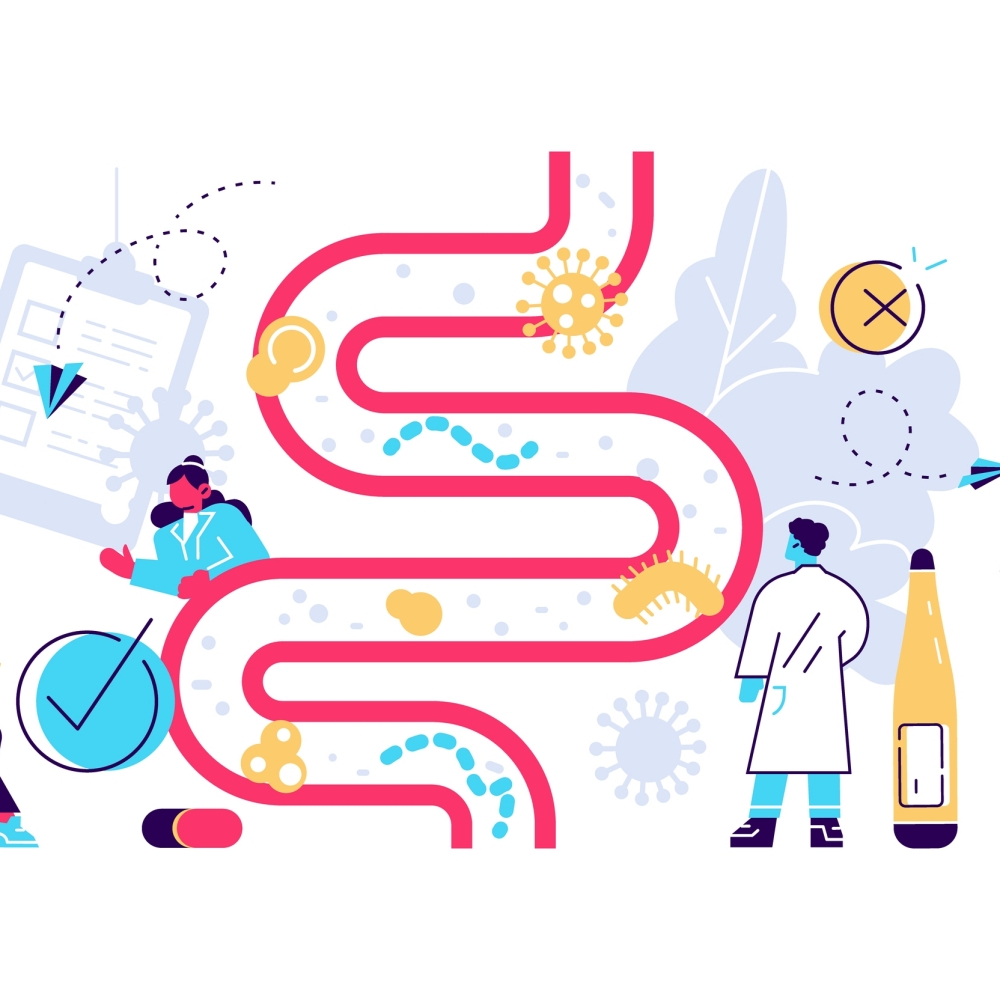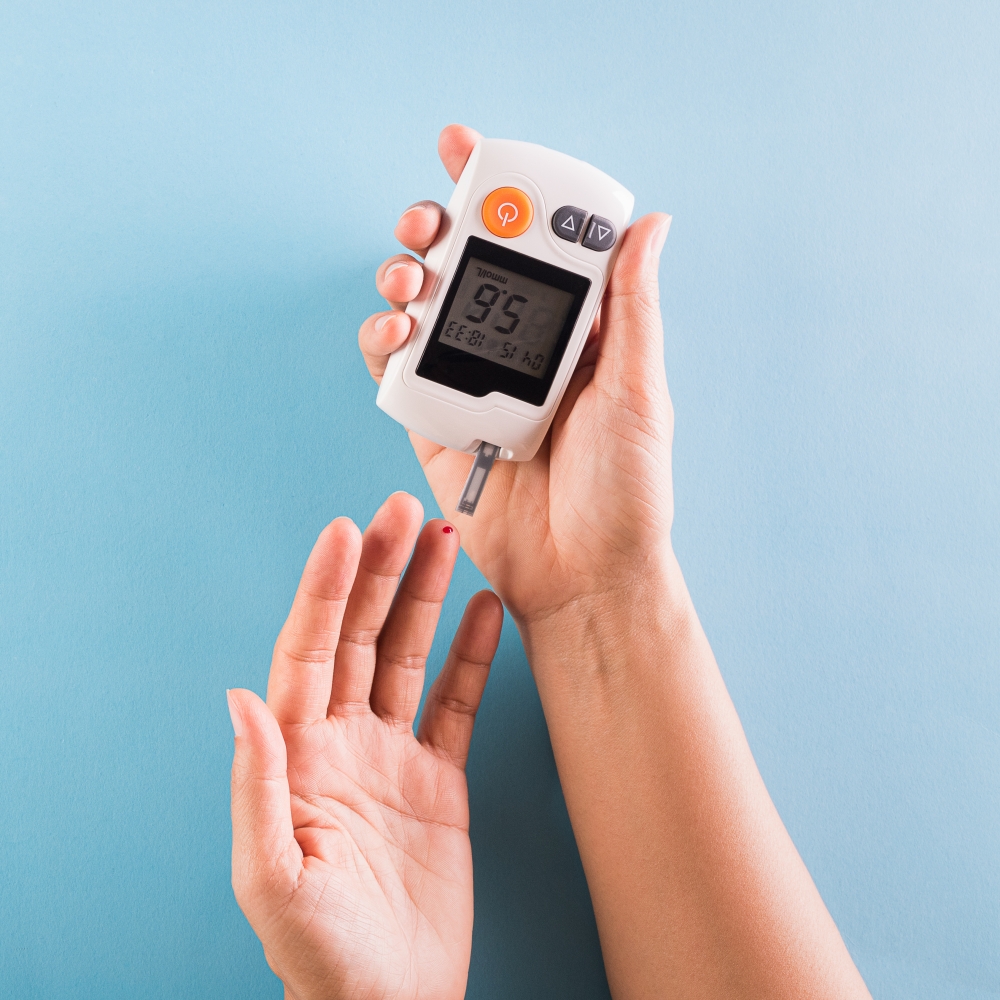Fatty Liver: A Silent Liver Disease You Should be Aware of
The liver is a vital organ that has more than 500 different functions. It plays major roles in metabolism, digestion, detoxification, nutrient storage, etc. What will happen if this vital organ is being quietly undermined by hepatic steatosis, commonly known as fatty liver disease?

Fatty liver disease: a familiar name
Hepatic steatosis or non-alcoholic fatty liver disease (NAFLD) is a condition in which accumulated fat makes up 5% or more of the liver’s weight. It often shows no clear symptoms in early stages. However, without timely diagnosis and treatment, repeated inflammation may occur which can damage the liver cells and develop into cirrhosis. Fatty liver disease is directly related to metabolic syndrome, raising mortality rate when both diseases are present.
Stages of the disease: gradually intensifying damage.
Fatty liver disease can be divided into 4 phases:
- Simple Fatty Liver (Steatosis) – fat accumulation happens without inflammation.
- Non-Alcoholic Steatohepatitis (NASH) – the inflammation starts, and the liver enzyme values begin to rise.
- Liver Fibrosis – chronic inflammation leads to liver fibrosis.
- Cirrhosis– a severe phase with full of liver scarring (fibrosis) caused by long-term liver damage.
Epidemiological data
Non-alcoholic fatty liver disease (NAFLD) prevalence is on the rise worldwide. Its occurrence in the United States increased from 25.3% in 2006 to 38.2% in 2019. This deadly disease affects more than a quarter of the country's population and is believed to be the most common chronic liver condition. In Thailand, a health survey of the Thai population over 18 years of age reveals that 19.7% of the population suffers from fatty liver disease, majority of which are males, and most of which are metabolic syndrome patients.
What are the risk factors of this disease?
- Being overweight or obese – when one’s BMI is over 24.9 kg/m2 or waist circumference wider than 80 cm for women or 90 cm for men, especially when coupled with excessive abdominal fat.
- Type 2 diabetes or prediabetes – insulin resistance is a major contributor to fatty liver disease and can increase its severity.
- Abnormal blood lipids – either high triglycerides, high LDL, or low HDL.
- Lifestyle – high-energy and high-sugar diets, physical inactivity, insufficient sleep, smoking, etc.
- Gender and age – the risk of this disease increases in males and those aged 50 and older.
- Other conditions such as polycystic ovary syndrome (PCOS), hypothyroidism, hypopituitarism, etc
Lifestyle modification: the keystone of good health
- Choose a healthy diet - avoid foods that are high in energy, fat, and sugar, especially saturated fat, trans fat, and high fructose corn syrup (HFCS). Eat plenty of various vegetables, whole grains, and low-sugar fruits.
- Exercise for health - combine aerobic exercise at least 150 minutes or
- five 30-minute sessions with at least 2 - 3 sessions of strength training weekly.
- Maintain your body weight - keep your BMI and fat mass within the normal range (BMI = 18.5 - 22.9 kg/m2, fat mass less than 28% for men and less than 32% for women). A minimum of 5% weight loss is recommended if you are overweight.
- Avoid harmful substances – give up drinking alcohol, stop smoking, and avoid exposure to fine particles (PM 2.5).
People with risk factors should be screened for fatty liver disease to receive early treatment and to adopt a healthier lifestyle. This may reduce fat accumulation in the liver and prevent the disease from progressing.
Reference
- Cusi K, Isaacs S, Barb D, Basu R, Caprio S, Garvey WT, et al. American Association of Clinical Endocrinology Clinical Practice Guideline for the Diagnosis and Management of Nonalcoholic Fatty Liver Disease in Primary Care and Endocrinology Clinical Settings: Co-Sponsored by the American Association for the Study of Liver Diseases (AASLD). Endocrine Practice. 2022 May 1;28(5):528–62.
- The National Health Service England. Non-alcoholic fatty liver disease (NAFLD) [Internet]. 2022 [cited 2023 Apr 3]. Available from: https://www.nhs.uk/conditions/non-alcoholic-fatty-liver-disease/
- Mayo Clinic. Nonalcoholic fatty liver disease [Internet]. 2021 Sep 22 [cited 2023 Apr 19]. Available from: https://www.mayoclinic.org/diseases-conditions/nonalcoholic-fatty-liver-disease/symptoms-causes/syc-20354567
- พูลชัย จรัสเจริญวิทยา. การวิจัยและพัฒนาแนวทางป้องกันและรักษาโรคตับคั่งไขมันที่ไม่ได้เกิดจากแอลกอฮอล์ในประชาชนชาวไทย. พิมพ์ครั้งที่ 1. กรุงเทพฯ: พริ้นท์เอเบิ้ล; 2565.




